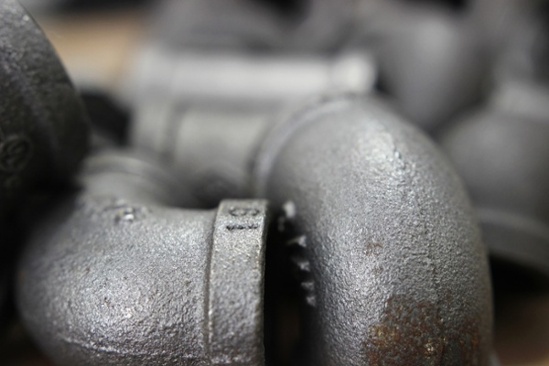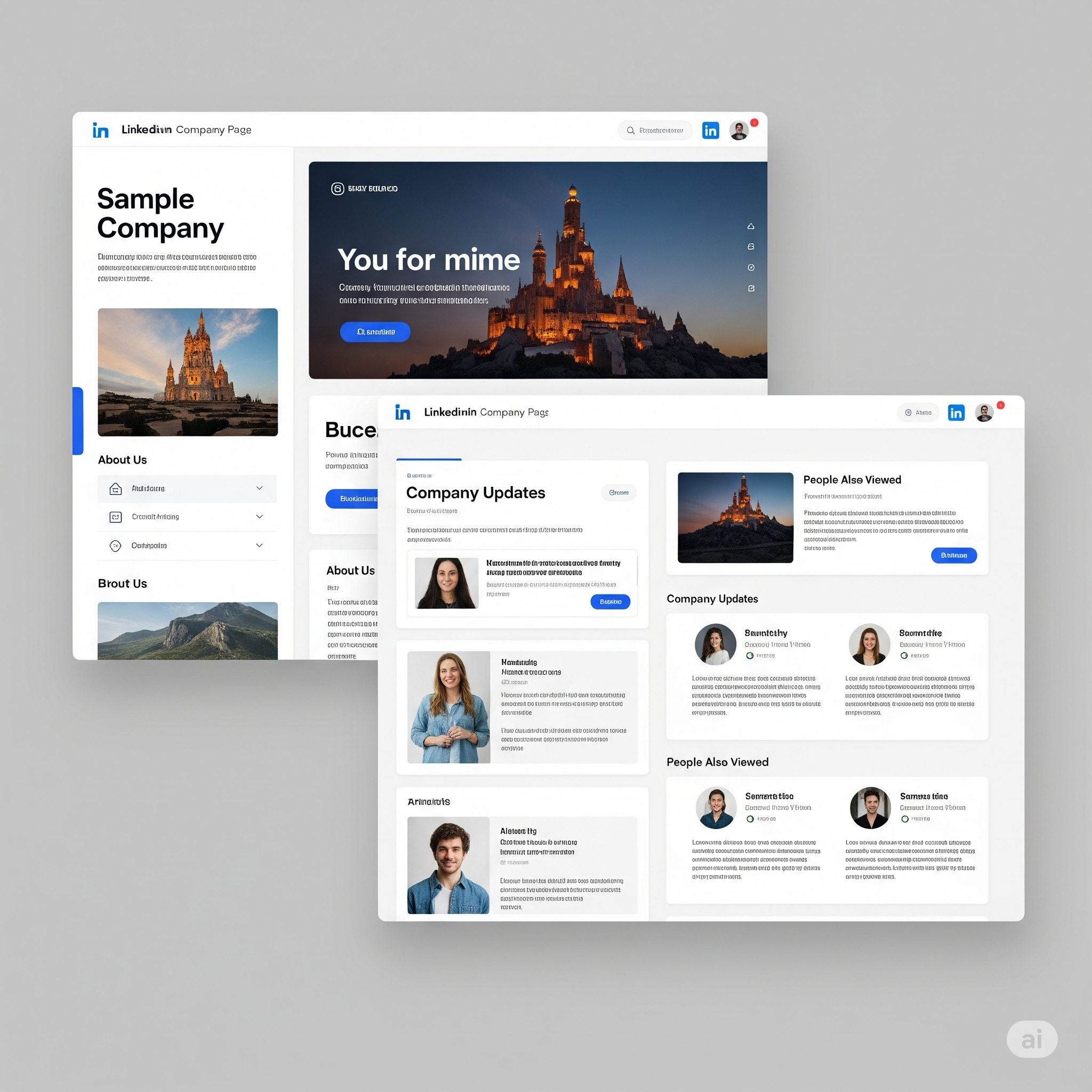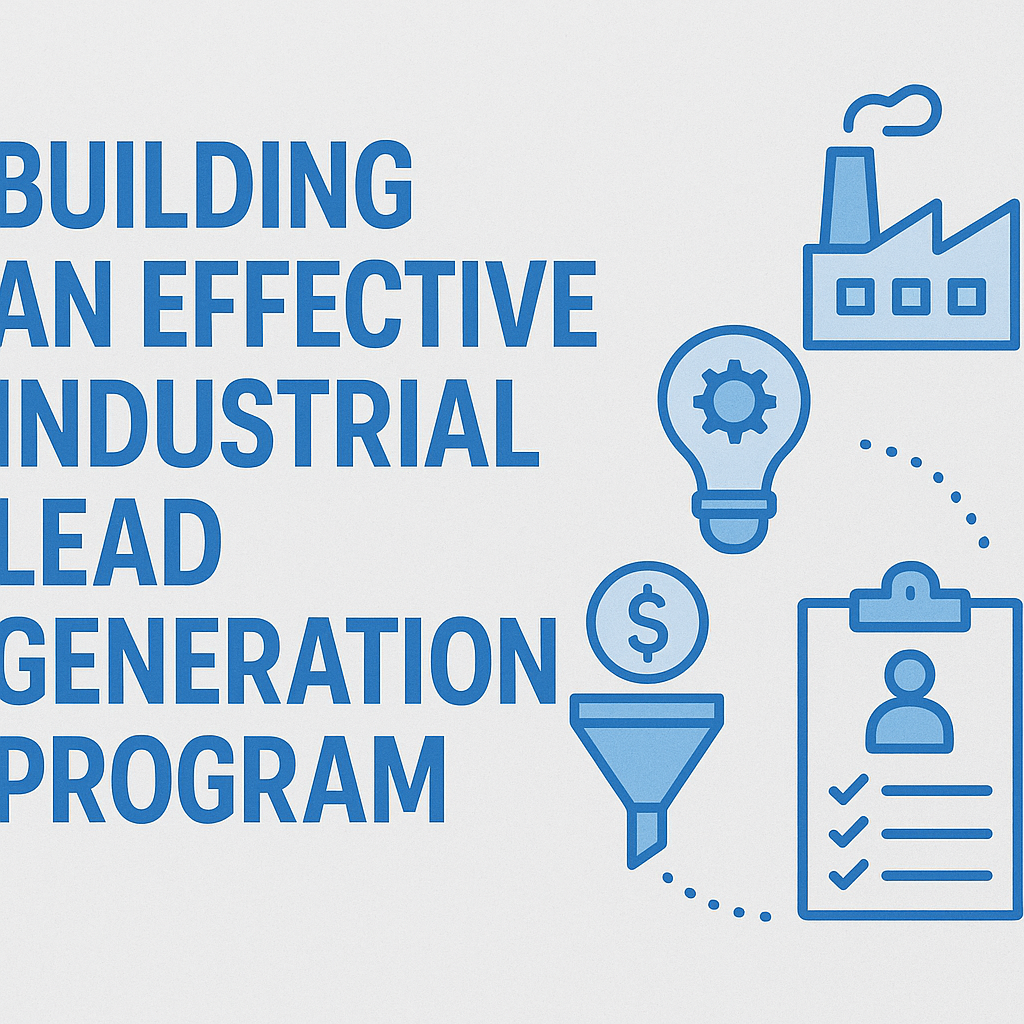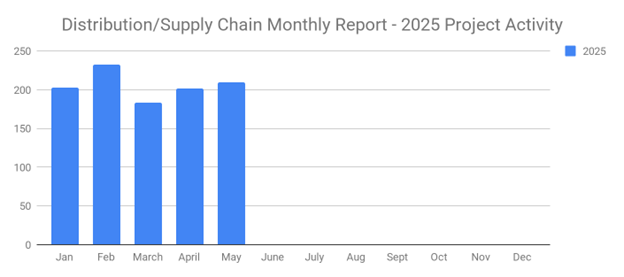
Not every prospect with whom you make contact is going to buy your company's product or service during the initial correspondence. Whether you reach out to prospects via email, phone, or face to face, most prospects are hesitant the first time you contact them. Using industrial reports and market intelligence tools can help to ensure that you are engaging with the right companies, at the right time... Assuming you nurture them, however, you can often convert some of these prospects into paying customers.
What is a Sales Pipeline?
The term “sales pipeline” refers to a visual representation of where prospects are in their buying cycle and your sales process. When you first contact a prospect, he or she may enter the beginning of the sales pipeline. If you are able to effectively nurture your industrial leads, the prospect will proceed further down the pipeline. And when a prospect is ready to buy, he or she makes their way towards the end of the pipeline.
There are multiple stages within a sales pipeline. So, how many stages should yours contain? A good rule of thumb is to keep your sales pipeline limited to no more than seven stages. Any more and you may have trouble managing your prospects; making it difficult to clearly define where a prospect stands in your pipeline. Too few, however, and you won't be able to effectively nurture prospects by sending the right message at the right time. Stick with five to seven stages to make your sales pipeline effective.
A typical sales pipeline may consist of the following stages:
- Initial correspondence/Introduction
- Qualification/Rating
- Buyer propensity analysis...pain, budget, and decision making factors
- Proposing your product or service
- Further establish value proposition to prospect
- Closing
Of course, maintaining a full sales pipeline is important for several reasons: it allows you to nurture prospects through the sales cycle; distribute your time and resources more efficiently; develop revenue projections with confidence, and maintain a consistant flow of sales. See below for some tips on how to keep your sales pipeline full.
Tips for Keeping Your Sales Pipeline Full:
- Constantly reach out to new sales leads; don't just focus on your existing prospects.
- Create a strategy for following up with prospects at various stages of the sales pipeline.
- Make yourself readily available. If a prospect cannot reach you, he or she may exit the pipeline.
- Consider investing in a marketing automation tool to use human capital efficiently.
- Know the next steps in the process that you expect. Set reminders to follow up with prospects in a timely manner.
- Find out what's stopping prospects from proceeding through the sales process and address their concerns.
What to learn more? Get in Touch





